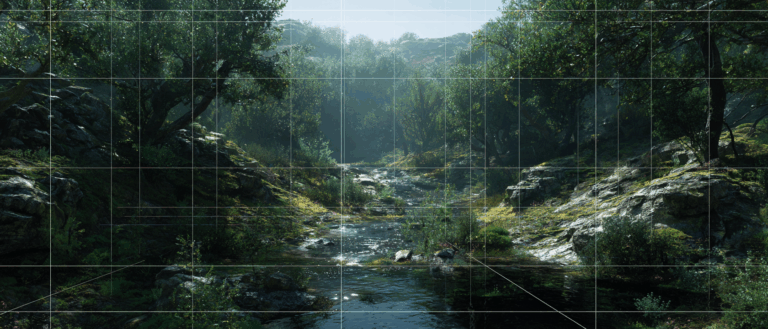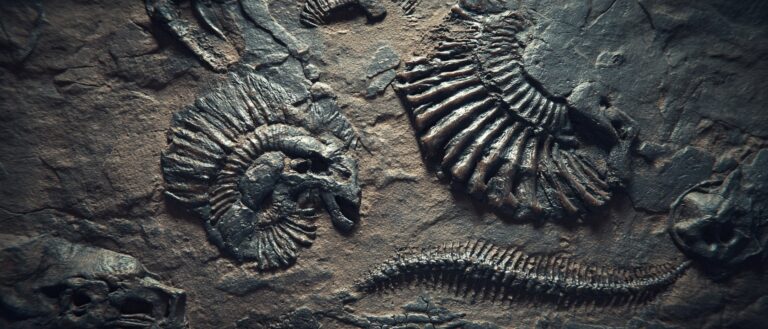Command Palette
Search for a command to run...
Picasso "hid" Them, and AI "dug" Them out Again
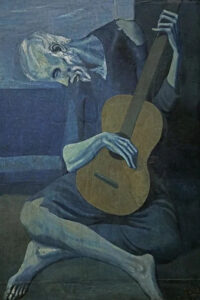
In many works of art, there are some subtle secrets hidden under the real appearance. For example, in some of Picasso's paintings, there are works covered by new paintings. However, with technologies such as X-ray detection and neural style transfer, the "hidden" works can be reproduced.
Ordinary people may not be able to detect how many secrets are hidden in Picasso's portraits, but relying on advanced technology, we can clear the mystery and see the truth again. AI is also playing a greater role in this.
Many famous artists have painted new paintings over old ones. The specific reasons are unknown, but the works covered by paint were lost in the long river of history.
Many classic works from Picasso's early "Blue Period" had this problem. In order to reveal the truth behind the paintings, people have tried many different methods. A recent study used an AI model to "peel off" the hidden portrait from the original painting.
The Hidden Secrets of Picasso's Blue Period
The world-famous master Picasso experienced several changes in style during his life, one of the early stages being the classic "Blue Period".
In the early 20th century, Picasso began to experiment with using gloomy blue or blue-green colors to paint because of the death of his close friend Carlos Casagemas. Most of the tones were slightly bitter, focusing on some gloomy themes, which was called the "Blue Period".

The Old Guitarist, painted in 1903-1904, is the most famous painting of this period, depicting an old, frail musician in tattered clothes, hunched over his guitar on the street.
In 2012, a curator conducted an X-ray examination of the painting and discovered that there was actually someone else’s image inside “The Old Guitarist”!
Subsequent identification (including infrared detection and other means) found that there were at least two different works beneath this painting, with hidden images including: an old woman bending over, a young mother and a child kneeling beside her, and even a cow.
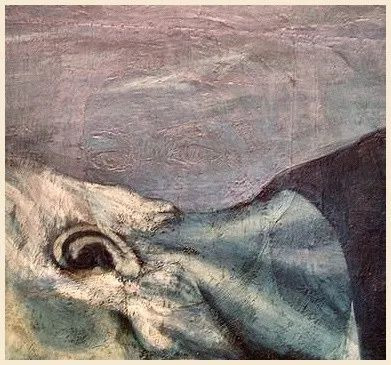
X-rays reveal their true colors
In the history of art, some classic works also have this kind of "painting within a painting". Either because the painter is not satisfied, or to save canvas (these two are most common in Van Gogh), or to modify controversial content, the old work will be covered by the new one.
These operations, which bear traces of time, can be "exposed" to their true form under X-ray detection.

X-ray analysis is an important method in the inspection and restoration of paintings. By using the principle that different materials absorb X-rays to different degrees, it can reveal hidden details in the painting, such as the time of coloring, the raw materials used, etc.
As the technology improves, more details can be revealed, and the hidden paintings emerge.
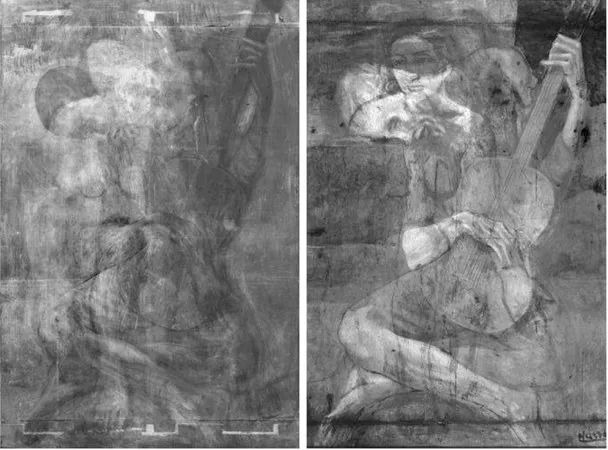
Although X-ray detection can show their outlines, for the audience, these hidden patterns are firmly covered by the paint on the outside, making them difficult for the human eye to recognize, let alone color details.
How to reproduce the masterpieces that have been smeared and let the masters' hard work see the light of day again? Some people have begun to use the power of AI.
In the paper "Raiders of the Lost Art", the research team proposed combining X-ray photography and AI to reconstruct the possible original appearance of the hidden paintings in "The Old Guitarist".
Paper address:
https://arxiv.org/pdf/1909.05677.pdf
Style transfer allows us to see the truth
In this work, researchers from University College London combined neural style transfer technology (NST) and X-ray photography technology to overlay X-rays of hidden artworks with the style of writers of that period to restore their original appearance.
The key technology NST (Neural style transfer) is an algorithm used to process digital images and videos. Its purpose is to make the output of the model adopt the visual style of the reference image.
After training, the model can recognize the characteristics of paintings in various styles and use them in works of art. Whether it is Leonardo da Vinci, Van Gogh, or Picasso, AI can grasp the essence of it, which is to add a specific style to other photos like adding a filter.
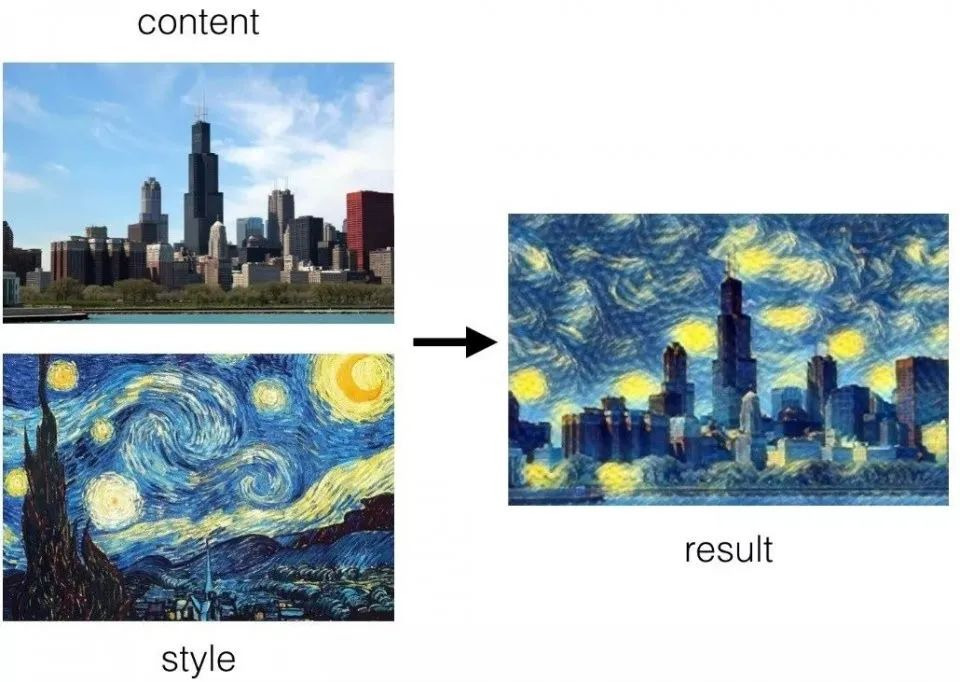
In the process of recreating the hidden paintings in “The Old Guitarist”, the model was first provided with “style reference” images so that it could learn the style of Picasso of the same period, and then the X-rays of the hidden works in the paintings were processed and the style was transferred.
Specifically, the team first outlined a faint X-ray outline of the woman in "The Old Guitarist," manually editing out features that were unlikely to appear in the original painting.
Then, using Picasso's painting "La Vie" from the same period as a style reference, the coloring process of the hidden painting was completed. Thus, the portrait of the woman covered by Picasso was obtained.
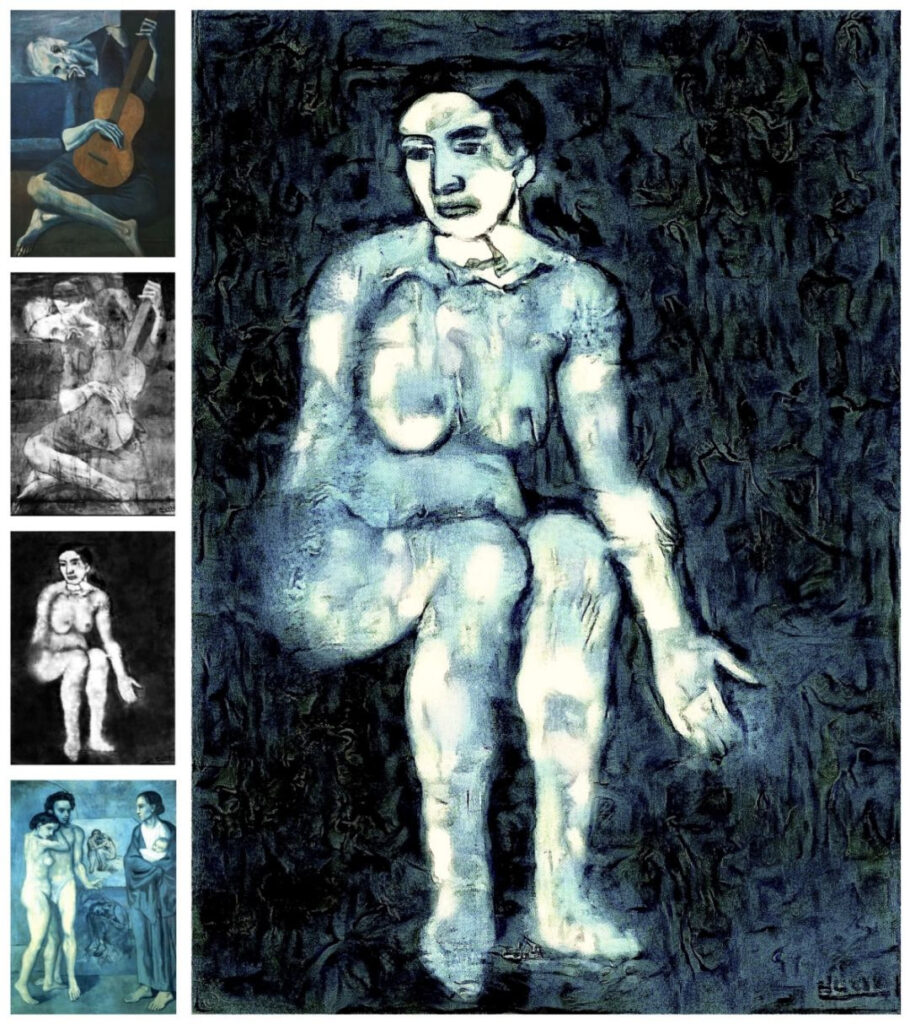
On the left are the original image, X-ray, reconstruction, and reference image.
AI allows us to transcend history
In this paper, in addition to restoring the portrait of a woman in "The Old Guitarist", the same method was used to process "The Crouching Beggar", and finally a landscape picture was generated.
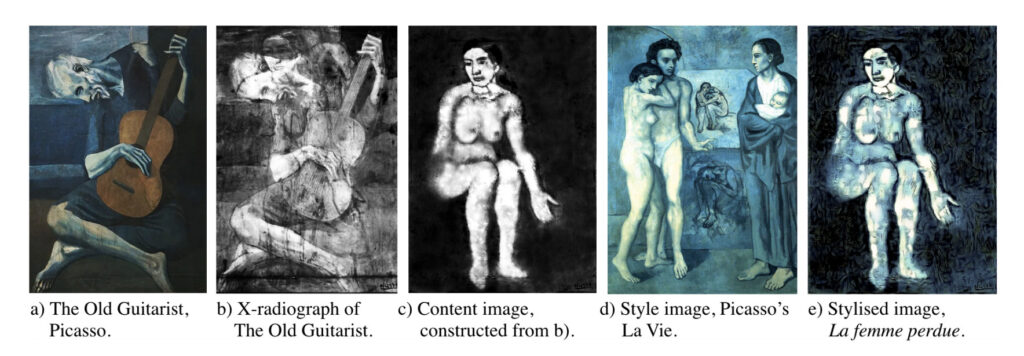

In this way, we can rediscover hidden paintings and learn more about the stories behind famous paintings. The methods can also be used to create comics or even movies in a similar style.
We don't know what Picasso's thoughts were behind his hidden works, but AI has given us the most likely explanation.
-- over--




